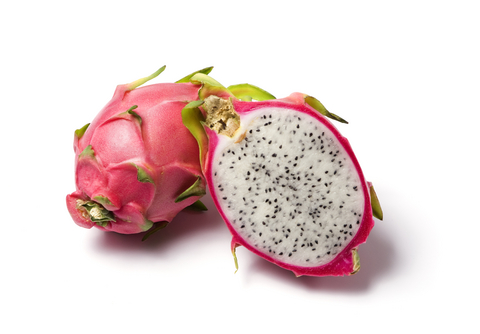
My little Princess has always been a good shopper. Contentedly sitting in the cart she’s quick to point out what I’m looking for, but can’t seem to find. Perhaps the relaxed view from the front buggy seat while being escorted about, puts things in just the right perspective for discovery.
Our experiences at the grocery store are particularly enjoyable as we search for new foods to introduce at the kitchen table. I’m sure she finds me to be a suitable companion, as I tend to indulge her wishes to try something new as well as the tried and true.
I want to let her know that her choices branch way beyond our kitchen cupboards. Just because I don’t like kasha or cantaloupe, doesn’t mean she can’t try it.
Sometimes we’ll spend hours at the market in the seafood section counting crabs, or in produce knocking on watermelon listening for just the right sound, or taking the long way ‘round the bulk foods section to avoid eye contact with the colourful containers of candy.
But this day was a little different. This day we started our expedition in the produce section, where the Princess spied a most enchanting sphere. Dragon fruit was its name. It was frightfully beautiful; vibrant fuchsia and covered in bright green scales.
“I want that pink thing!” the Princess declared. “Don’t put it in a bag. I want to hold it.”
At almost 5 inches long, this dragon fruit was quite a handful. The Princess alternated between warmly cuddling and desperately clutching the deep pink fruit as though she were impatiently incubating a dragon’s egg.
Nothing else on the shelves could compete with the magical fruit in the palm of her hand. No calls for Captain Crunch, no fussing for Fudgsicle Fury, no looking at lobsters. “Let’s just go home and eat this,” the Princess demanded.
The poor dragon fruit desperately needed to be rescued from the Princess, who reluctantly parted with it for a momentary blip through the till. She cradled it in the car all the way home and rushed inside to tell her younger brother what she had found.
Aside from chocolate ice cream, this was the first time they absolutely had to sample something the moment we stepped through the door. While the Princess wanted to eat of its beauty, the little Prince just wanted a piece of the dragon.
After all the anticipation, I didn’t want them to be disappointed with whatever was waiting inside. I held the dragon fruit down firmly, knife poised in hand. I hesitated for a second wondering what I was cutting into.
The skin was quite thin and supple, making it easy to draw my dull kitchen knife through the fruit lengthwise. While there was no fiery puff of smoke, the inside was quite spectacular nonetheless, contrasting tiny edible black seeds speckled throughout white flesh. I used a tablespoon to separate the flesh from the skin in one full scoop. I cut the fruit into cubes then placed them back inside the hollowed-out shell, which made a very attractive dish.
Surprisingly, it tasted mild; a sweet combination of kiwi and pear. It was juicy, but not dribbly. Crunchy, yet thirst-quenching. Like most foods that aren’t chicken nuggets, French fries or bacon, the little Prince quickly spit his in the garbage. Yet still intrigued, he watched intently as the Princess ate the rest of the dragon fruit all up.
Low in calories and rich in fibre, antioxidants, vitamin C and minerals such as phosphorus and calcium, the dragon fruit is believed to alleviate gastro-intestinal conditions and improve eyesight. Some Asian cultures consume the fruit to help control blood glucose levels for Type II diabetes.
Like the mythical creature for which it is named, the origin of dragon fruit isn’t exactly known, but is believed to have come from Mexico and throughout Central America. Today, dragon fruit is grown in tropical regions around the world.
For variety, the fruit can be tossed into a fruit salad, added to peach or apricot chutney, liquified and mixed with other juices or fermented into wine.
Also known as pitaya, dragon fruit grows from several species of night-blooming cactus plants called “moonflower” or “lady of the night.”
But whatever you like to call it, I’m just glad this fiery tail had a happy ending.
